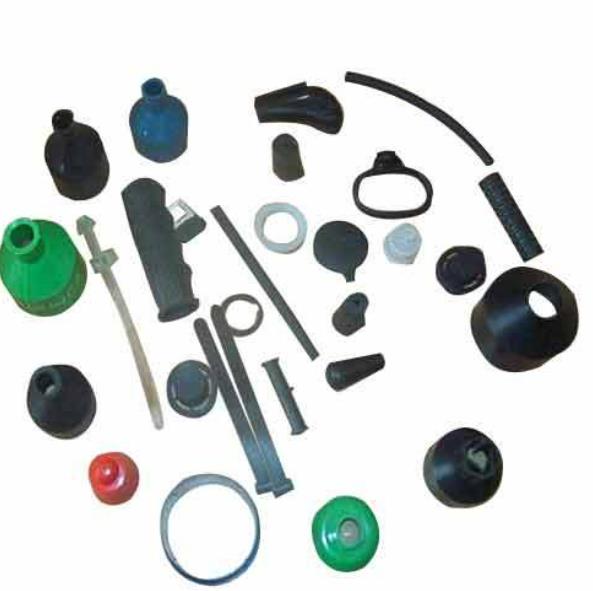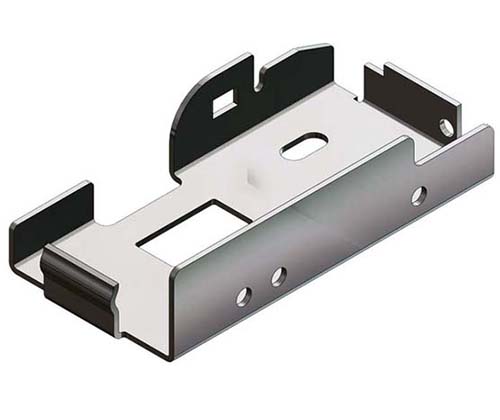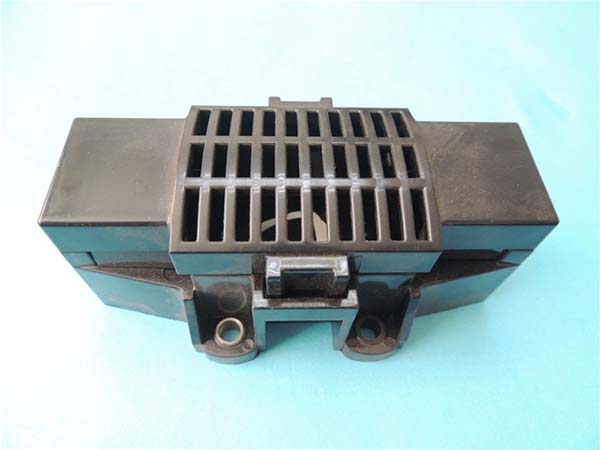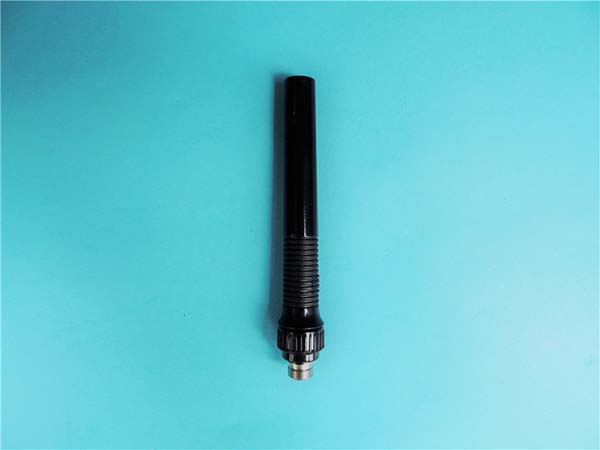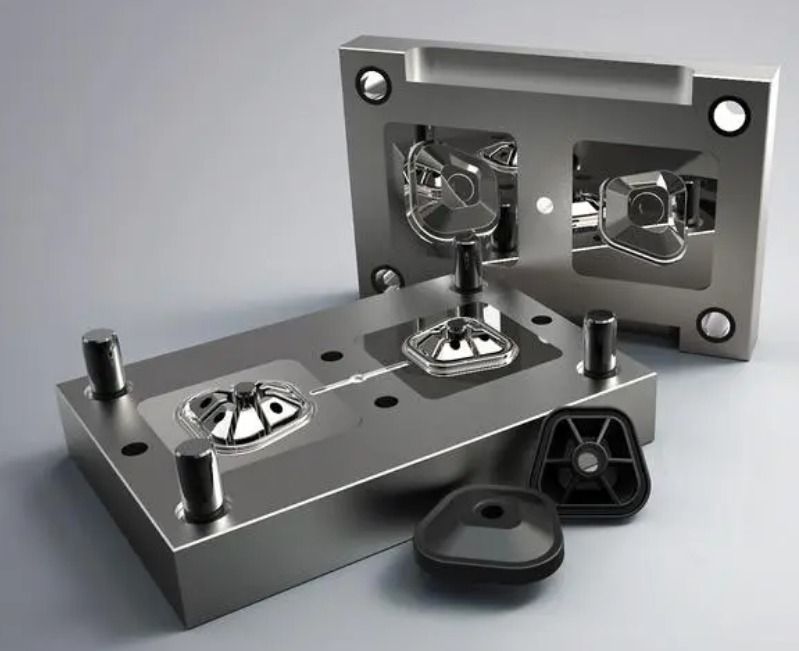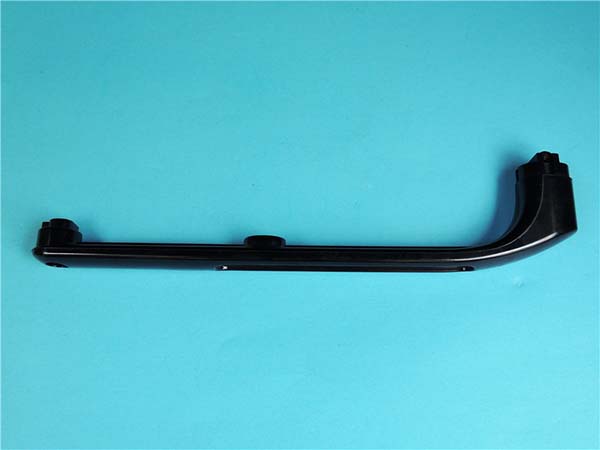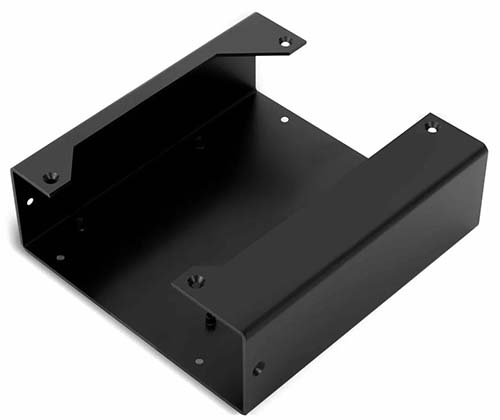Introduction
The Significance of Rapid Plastic Prototyping
In the dynamic realm of product development, Rapid Plastic Prototyping has emerged as a game - changing technology. It serves as a bridge between the abstract concept phase and the tangible product realization. In an era where time - to - market is a crucial determinant of a product's success, rapid plastic prototyping allows companies to significantly reduce the development cycle. For instance, a consumer electronics company looking to launch a new smartphone accessory can use rapid plastic prototyping to quickly test different design iterations. By doing so, they can identify and rectify design flaws early on, saving both time and resources that would otherwise be wasted in traditional prototyping methods. This not only accelerates the product development process but also enhances the product's quality, leading to a more competitive offering in the market.
Defining Rapid Plastic Prototyping
Rapid Plastic Prototyping refers to a collection of techniques that enable the fast production of physical prototypes made from plastic materials. These techniques use digital 3D models as the starting point. Through additive manufacturing (such as 3D printing), subtractive manufacturing (like CNC machining), or other specialized processes, the digital design is transformed into a three - dimensional plastic prototype. For example, in 3D printing, layers of plastic material are deposited one by one according to the digital model, gradually building up the prototype. This is in contrast to traditional manufacturing methods that often involve complex and time - consuming mold - making processes. Rapid plastic prototyping offers the flexibility to create highly customized and intricate designs with relative ease, making it an invaluable tool in modern product development.
The Process of Rapid Plastic Prototyping
Step - by - Step Breakdown
- Design Phase:
- Concept Generation: This is the initial stage where product ideas are born. Designers use brainstorming sessions, market research, and customer feedback to come up with concepts. For example, when designing a new household appliance, they consider user needs, market trends, and competitor products.
- 3D Modeling: Using computer - aided design (CAD) software such as SolidWorks, AutoCAD, or CATIA, designers create a detailed 3D digital model of the product. This model includes all the geometric details, dimensions, and features of the final product. The 3D model can be easily modified and refined at this stage, allowing for quick design iterations. For instance, if a designer realizes that a certain part of the product needs to be larger for better functionality, they can simply adjust the dimensions in the CAD software without having to start the design process from scratch.
- 3D Printing (Additive Manufacturing):
- Slicing the Model: The 3D model is sliced into thin layers using slicing software. Each layer represents a cross - section of the final product. The slicing process determines the thickness of each layer, which can range from as thin as 0.05 mm to 0.3 mm depending on the desired resolution and the capabilities of the 3D printer. A thinner layer thickness results in a smoother surface finish but also increases the printing time.
- Printing Execution: The 3D printer then starts depositing layers of plastic material according to the sliced model. In a fused deposition modeling (FDM) printer, a heated nozzle extrudes melted plastic filament layer by layer. As the layers are deposited, they bond together to form the 3D structure. For example, in the production of a small plastic toy prototype, the printer will start from the bottom layer and gradually build up the body, limbs, and other parts of the toy.
- Post - processing:
- Support Removal: If the 3D printed prototype has support structures (which are often used to hold up overhanging parts during printing), these need to be removed. In some cases, the supports can be easily snapped off, while in others, they may require tools like pliers or a utility knife. For a complex prototype with intricate overhangs, the support removal process can be time - consuming but is crucial for the final appearance and functionality of the prototype.
- Sanding and Finishing: Sanding is done to smooth the surface of the prototype, removing any rough edges or layer lines. Different grits of sandpaper can be used, starting with a coarser grit to remove larger imperfections and then moving to a finer grit for a smoother finish. After sanding, the prototype can be further finished with techniques such as painting, polishing, or applying a coating to enhance its appearance and durability.
Technologies Involved
- Fused Deposition Modeling (FDM):
- Working Principle: FDM printers use a spool of thermoplastic filament, such as ABS (acrylonitrile - butadiene - styrene) or PLA (polylactic acid). The filament is fed into a heated nozzle, where it is melted. The nozzle moves in the X, Y, and Z axes according to the sliced 3D model, depositing the melted plastic layer by layer. As the plastic cools, it solidifies and bonds to the previous layer. FDM is a popular choice for hobbyists and small - scale prototyping due to its relatively low cost and ease of use. For example, a startup developing a new plastic gadget can use an FDM printer to quickly create prototypes in their office.
- Stereolithography (SLA):
- Working Principle: SLA printers work with a vat of liquid photopolymer resin. A laser beam is used to selectively cure (harden) the resin layer by layer. The laser traces the cross - section of each layer onto the surface of the resin, and the cured resin adheres to the previously cured layers. SLA offers high - resolution printing, making it suitable for creating prototypes with fine details, such as jewelry prototypes or small, intricate mechanical parts.
- Selective Laser Sintering (SLS):
- Working Principle: SLS printers use a laser to sinter (fuse) powdered plastic materials together. A bed of plastic powder is spread out, and the laser scans the cross - section of each layer, melting the powder in the desired areas. As the laser moves, the melted powder fuses with the previously sintered layers. SLS can produce strong and durable prototypes without the need for support structures, as the unsintered powder supports the overhanging parts during the printing process. It is often used for creating functional prototypes and end - use parts in industries such as automotive and aerospace.
How It Drives Innovation in Product Development
Accelerating the Design Iteration Cycle
In traditional product development, the process of creating a prototype could be extremely time - consuming. For example, if a company wanted to test a new design for a plastic housing of a power tool, the traditional method would involve creating a mold, which could take weeks or even months. Each design change would require a new mold, leading to significant delays and high costs. However, with rapid plastic prototyping, the design iteration cycle is accelerated exponentially.
Using 3D printing as a rapid prototyping method, a company can create a new prototype within a few hours or days. This allows designers to quickly test different design ideas, such as changing the shape of the handle for better ergonomics or adjusting the internal structure for improved functionality. According to a study by the Product Development and Management Association, companies that use rapid prototyping techniques can reduce their design iteration time by up to 70%. This means that they can explore more design options in a shorter period, leading to a more refined and innovative final product.
Enabling Complex Design Exploration
Traditional manufacturing methods often have limitations when it comes to creating complex designs. For instance, injection molding, a common traditional manufacturing process, has restrictions on the complexity of the parts it can produce due to the need for mold ejection and the limitations of the molding process itself.
Rapid plastic prototyping, on the other hand, breaks these barriers. SLA and SLS technologies, for example, can create highly complex geometries, including intricate internal structures, undercuts, and lattice patterns. A medical device company developing a custom - fit orthopedic implant can use SLS to create a prototype with a complex porous structure. This structure not only mimics the natural bone structure for better integration with the body but also reduces the weight of the implant. Such complex designs would be nearly impossible or extremely costly to achieve with traditional manufacturing methods. By enabling designers to explore these complex designs, rapid plastic prototyping fosters innovation in product development, leading to products that are not only more functional but also more efficient and unique.
Cost - Effective Experimentation
Experimentation is a crucial part of product development, but it can be costly, especially in the early stages. In traditional methods, if a company wanted to test different materials or design features for a new plastic product, they would need to invest in expensive tooling and production runs for each variation.
With rapid plastic prototyping, companies can conduct cost - effective experimentation. For example, a startup developing a new line of plastic kitchen utensils can use FDM 3D printing to create multiple prototypes with different materials, such as PLA, ABS, or PETG, at a relatively low cost. They can test the durability, heat resistance, and ease of use of each prototype without the need for expensive molds or large - scale production. A report by McKinsey shows that companies can save up to 50% on prototyping costs by using rapid plastic prototyping techniques. This allows for more extensive experimentation, which in turn helps in making more informed decisions about the final product design, material selection, and functionality, ultimately leading to a more successful product launch.
Yigu Technology's Perspective
As a non - standard plastic metal products custom Supplier, Yigu Technology highly values the role of rapid plastic prototyping in product development. In the field of custom - made products, rapid plastic prototyping offers unique advantages. It enables us to quickly transform the customized design concepts of clients into tangible prototypes. This not only allows clients to visualize their ideas in a short time but also provides the opportunity to test and adjust the prototypes according to actual needs.
For example, when dealing with custom - designed plastic parts for special - shaped electronic devices, rapid plastic prototyping can accurately produce prototypes with complex geometries, which is difficult to achieve with traditional manufacturing methods. It reduces the development time for custom products from weeks to just a few days. Moreover, it helps in cost - effective experimentation during the customization process. By using rapid plastic prototyping, we can test different materials and design features without the high costs associated with traditional tooling and production runs, ensuring that the final custom - made products meet the highest quality and functionality standards.
FAQ
What are the common materials used in rapid plastic prototyping?
Common materials include PLA (Polylactic Acid), which is biodegradable, easy to print, and often used for hobbyist and educational projects. ABS (Acrylonitrile - Butadiene - Styrene) is another popular choice, known for its strength and durability, suitable for functional prototypes. PETG (Polyethylene Terephthalate Glycol - modified) offers good impact resistance and chemical resistance, and is often used for parts that require transparency. Nylon is also used in rapid plastic prototyping, especially in applications where high strength, abrasion resistance, and flexibility are needed, such as in the production of mechanical parts.
How accurate is rapid plastic prototyping?
The accuracy of rapid plastic prototyping depends on several factors, including the technology used. For example, in FDM 3D printing, the typical accuracy ranges from ±0.1 - 0.4 mm, while SLA can achieve higher precision, often within ±0.05 - 0.2 mm. SLS also offers good accuracy, usually around ±0.1 - 0.3 mm. Factors such as the layer thickness (thinner layers generally lead to higher accuracy), the quality of the 3D model, and the calibration of the equipment can all influence the final accuracy of the prototype.
Can rapid plastic prototyping be used for large - scale production?
Rapid plastic prototyping is generally not suitable for large - scale production. The production speed of most rapid prototyping methods, such as 3D printing, is relatively slow compared to traditional mass - production techniques like injection molding. Also, the cost per unit for rapid prototyping can be high when considering large quantities. However, it can be used in the early stages of large - scale production to create prototypes for testing and design validation. It can also be used to produce small batches of customized parts or replacement parts during the product's lifecycle, helping to support the overall large - scale production process.
